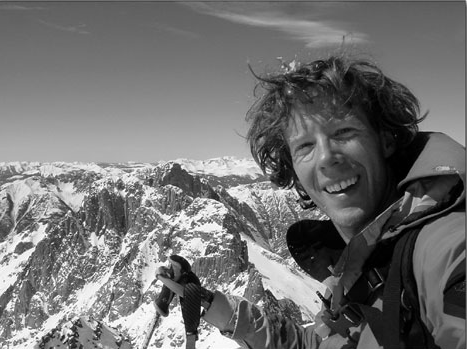What makes us stronger? Last years devastating blasts at the Boston Marathon had a profound effect on Boston. It made the people of Boston stronger. On April 15, 2013, three innocent lives were lost and hundreds injured by the bomb that scattered packed nails, ball bearings and metal shards. What were the two alleged bombers, brothers, hoping for? What was there motivation to hurt others? In the novel Stronger by Jeff Bauman, the theme tragedy makes us stronger, is portrayed not only in Jeff Bauman, but the city of Boston.
The novel began with the marathon bombings, “And then I heard it. The explosion. Not like a bomb in a movie, not a big bang, but three pops, one after another,” (4). You would expect it to become hazy after the initial explosion, however, it got clearer. Jeff Bauman was transported to the ICU section of Boston Medical, and there is life was changed forever. His legs were amputated, making him unable to walk for the the rest of his life. “People always want to know how I felt in those first days. Was I guilty that I hadn’t done more to stop the bombing? Was I angry? Was I afraid? Was I Boston Strong? No, I was happy to be alive,” (47). After the bombings, the recovery phase began. The conflict, person vs. self was not only in the physical pain Jeff Bauman had to endure, however, also internal challenges he had to overcome later at the Spalding Rehabilitation Center. “But Spaulding wasn’t a community. It was the Island of Misfit Toys. Nobody wanted to be there, but were broken, so we had nowhere else to go… And just like the toys on the island, we all had one goal: to get out,” (96).
****WARNING****SPOILER ALERT**** WATCH OUT****
In the resolution of the novel, Jeff Bauman sets a goal that no one could believe. He will walk in under a year. “There was nothing more his doctors could do. His legs would be this way for the rest of his life. Learning to walk again, and whatever happened after that was up to him… I’m walking,” (127). However, walking it is not as simple as many think. “But I wasn’t done. And I wasn’t free. I could see that as soon as the first light crept through my blinds every morning. My first thought was always to stand up and walk, ” (136). Just as Jeff Bauman thought he would never be able to walk again, the Red Sox’s called and wanted him to throw the first pitch. “The crowd was no there feet. It was loud, and as Carlos rolled me to the middle of the infield, it kept getting louder,” (144). As the ball sailed through the air the crowd erupted. Six months after the bombing, Jeff Bauman was back at Fenway Park, however, this time he was different. He was walking. “I wasn’t special. I was only one in the crowd of millions. this is our story, not mine. We were together- the Fenway crowd, Boston, all the good people of the world- and that made us unbreakable,” (240).
***Spoiler Over***
In conclusion, the theme, tragedy makes us stronger, was the hidden core of the Boston Marathon Bombings. The last year has been unbelievable for the city of Boston. However, one thing that was believable was the way Boston and Jeff Bauman came together at such dark times. It began with pain and tragedy, however, it ended with Boston and Jeff Bauman proving one thing to the world. No matter what happens, what anyone tries to do to the city of Boston, we always find a way together, to become stronger.
Featured image found at this site
















